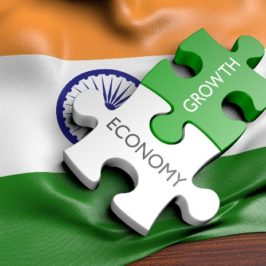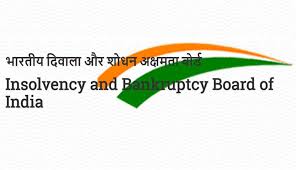
As India’s foreign-exchange reserves march toward the unprecedented $400 billion mark, its central bank faces a costly conundrum. To keep the rupee stable and exports competitive, it is having to mop up inflows that’s adding cash to the local banking system. Problem is, banks are flush with money following Prime Minister Narendra Modi’s demonetization program last year, leaving them already struggling to pay interest on the deposits in an environment where loans aren’t picking up. The resulting need to absorb both dollar- and rupee-liquidity is stretching the Reserve Bank of India’s range of tools and complicating policy. Costs to mop up these inflows have eroded the RBI’s earnings, halving its annual dividend to the government. “The RBI would be paying more on its sterilization bills than it gets on its reserve assets, so it would cut into its profits,” said Brad W. Setser, senior fellow at New York-based thinktank Council on Foreign Relations. “Selling sterilization paper in a country with a relatively high nominal interest rate like India is costly.”
Governor Urjit Patel aims to revert to neutral liquidity in the coming months from the current surplus. Lenders parked an average 2.9 trillion rupees ($45 billion) of excess cash with the central bank each day this month compared with 259 billion rupees the same time last year. This peaked at 5.5 trillion in March. The surge in liquidity has pushed the RBI to resume open-market bond sales as well as auctions of longer duration repos besides imposing costs on the government for special instruments such as cash management bills and market stabilization scheme bonds. Meanwhile foreign investors have poured $18.5 billion into Indian equities and bonds in the year through June, during which period the RBI has added $23.4 billion to its reserves. Its forward dollar book has also increased to a net long position of $17.1 billion end-June from a net short $7.4 billion a year ago. “My guess is reserves over 20 percent of GDP would start to raise questions about cost – but that is just a guess,” said Setser. India’s reserves have ranged between 15 and 20 percent of GDP since 2008 global crisis — a level that’s neither too low to create vulnerability or too high indicating excess intervention, he said.
Consistent buildup in the forward book may have cost the RBI some 70 billion rupees, while total liquidity-absorption costs due to the demonetization deluge from November to June were 100 billion rupees, according to calculations by Kotak Mahindra Bank Ltd. The RBI paid another 50 billion rupees to 70 billion rupees to print banknotes, the bank estimates. A weakening dollar would also have led to losses due to the foreign-currency cash pile, which has traditionally been dominated by the greenback. The Bloomberg Dollar Index has fallen 8.5 percent this year. After all these expenses, the RBI transferred 306.6 billion rupees as annual dividend to the government, compared with 749 billion rupees budgeted to come from the RBI and financial institutions. More clarity will emerge with the RBI’s annual report typically published in the final week of August. “This disturbs the fiscal math for the year through March 2018,” said Madhavi Arora, an economist at Kotak Mahindra Bank. Assuming everything else stays constant, she estimates the budget deficit may come in at 3.4 percent of gross domestic product rather than the government’s goal of 3.2 percent.
Apart from the high costs, there’s another dimension to the surge in liquidity. The RBI could face a shortage of bonds it places as collateral with its creditors. It is said to be preparing a fresh proposal to the government for creation of a window — the so-called standing deposit facility — which doesn’t require any collateral. “As the excess liquidity challenge looks set to persist, the RBI will need more tools to manage this, such as the standing deposit facility,” economists at Morgan Stanley, including Derrick Kam, wrote in an Aug. 16 note. He predicts that at the current rate of accretion, foreign-exchange reserves will hit $400 billion by Sept. 8 from $393 billion this month.
Source: Financial Express





